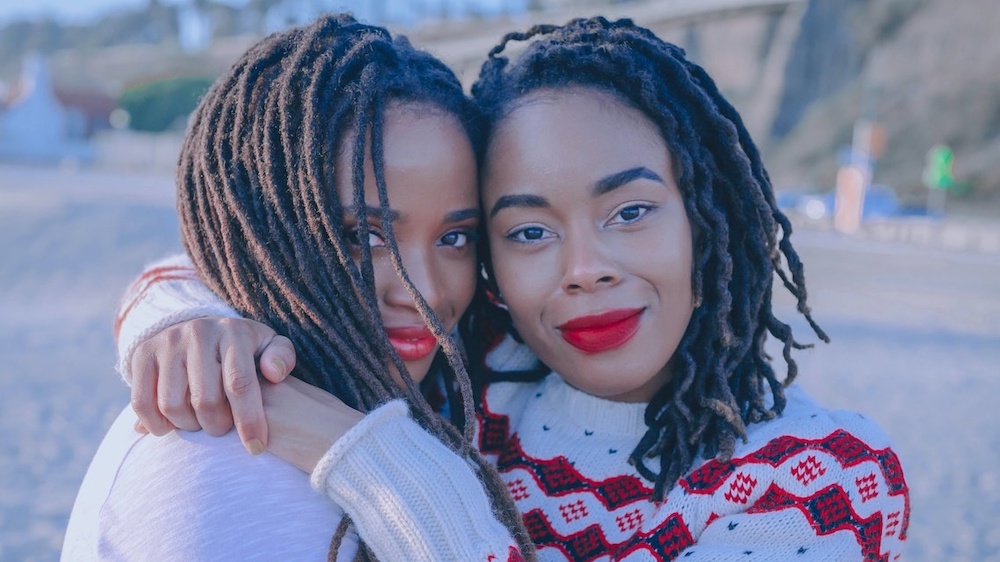If you’re interested in sharing your opinion on any cultural, political or personal topic, create an account here and check out our how-to post to learn more.
Opinions are the writer’s own and not those of Blavity's.
____
While authenticity has grown to become a buzzword in media and advertising over the past year, it is important to understand the definition of what “authentic storytelling” truly means. It means going beyond tropes, stereotypes and tokenism by capturing the nuances of underrepresented communities that show the world as it really exists today. While advertisers have made pledges to improve diversity, equity and inclusion (DEI) in-house, particularly in the C-suite, there is still room for growth when it comes to producing diverse, authentic external content.
While there are a variety of factors that contribute to the lack of diverse footage and imagery in media, there are two big points to consider — supporting underrepresented filmmakers who can bring their authentic experiences to the content they create and bolstering access to diverse stock media that reflects the world as we know it.
Underrepresentation in Advertising and Media
A recent study by Nielsen found that women and people of color are underrepresented on television relative to their share of the overall population. For example, BIPOC communities represent 39.5% of the total population but account for under 27% of screen time, according to Nielsen’s Share of Screen metric. What’s more, an annual report released earlier this year by LGBTQ advocacy organization GLAAD, LGBTQ representation on television decreased during the 2020–2021 season for the first time in five years.
To combat these troubling statistics, it’s critical to understand the importance of supporting filmmakers from marginalized communities and how that will spur the creation of more authentic content. To help filmmakers break through barriers of entry, organizations have started launching grants and scholarships to provide support and diversify the filmmaker pipeline. Take Google’s recent partnership with ARRAY, for example, which will provide a filmmaker from an underrepresented group a $500,000 grant to fund their first full-length feature film. By giving filmmakers a space to create video inspired by their lived experiences, we will begin to see more instances of true authenticity across our media landscape.
Stock Media’s Role in Helping Drive Visibility
In addition to supporting filmmakers from underrepresented communities themselves, it is imperative that these content creators have access to diverse stock media. Stock footage is essential to content creators who need to produce high-quality content efficiently and regularly. In fact, it is frequently used for the footage and imagery we see every day in news packages, advertisements and other video content.
That said, the stock industry has a pipeline issue. Large-scale stock providers tend to be from European countries with majority white populations, leading their footage to primarily feature that majority. Expanding footage to portray moments like Black families educating their children or Black male love can have a ripple effect in representation across the media landscape.
To address this lack of diversity in stock footage and empower creators to create more video that authentically tells the stories of the reality we exist in, Storyblocks launched an ongoing initiative called Re: Stock in 2020 to drive visibility of underrepresented communities in media and advertising. To rebuild the stock pipeline, Re: Stock actively and purposefully widens the stock industry pipeline by supporting underrepresented communities in front of and behind the camera. By hiring diverse filmmakers, the stock footage they create can capture genuine portrayals and experiences of people of different races, ethnicities, ages, religions, abilities, sexual orientations and more.
There are hundreds of millions of stories that are begging to be told and the lack of diversity in media will not be solved in a day. But through authentic storytelling, we will begin to depict the reality of today’s world, allowing everyone to see themselves in the media landscape as they grow up and envision their future.
